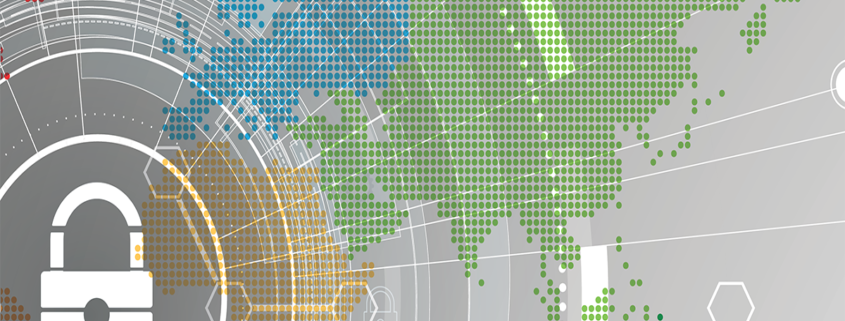The Critical Role of Cybersecurity in Protecting Remote Workers and Business Assets
The Critical Role of Cybersecurity in Protecting Remote Workers and Business Assets
December 17, 2021
Featured article by Jeff Broth
During the early days of the pandemic, the business community scrambled to find ways to prevent closing their offices. Finally, after some time, they settled for a work-from-home scheme to allow most of their employees to continue working and keep their businesses alive.
As organizations quickly adapt to the remote working situation, cyber actors likewise adapt their strategies rapidly.
The pandemic forced most IT administrators of various organizations to expose apps for internal use to the public internet. They had to do this so that remote workers could access these apps. While it is necessary, the situation opened new courses of vulnerability to an increase of cyberattacks.
The current state of cyberattacks
While the pandemic continues, cybercriminals are escalating their attack activities on web apps. However, according to some tech experts, some attacks are not institutional hacking but caused by people with too much time on their hands and knowledge to install and use basic tools for hacking.
Considering the increased attack surface brought about by remote working, it is incumbent upon businesses and IT managers to utilize tools and implement strategies that will mitigate the risks of cyberattacks.
This can include providing adequate training, so that users will be educated enough not to fall victim to social engineering attacks such as phishing, spoofing, and the like. It can also include deploying a WAF or web application firewall, which can provide additional access controls and protection for a company’s digital assets like business applications and company data. One other strategy is to tighten the controls in terms of which devices can access business data, instead of allowing employees to utilize their personal devices.
Perils of remote access by work from home employees
Working remotely became the new normal as it is the most convenient method to keep on working and continuing business operations. Most employees are now used to the setup. What became a big concern…





